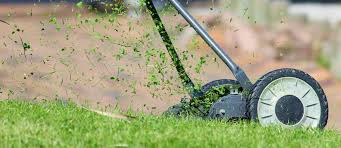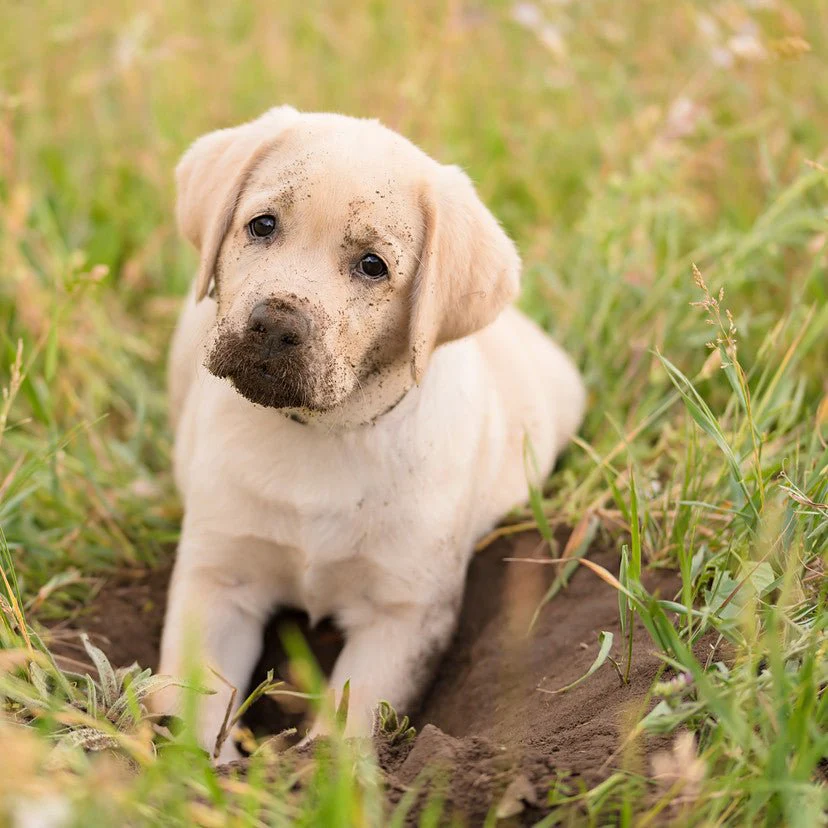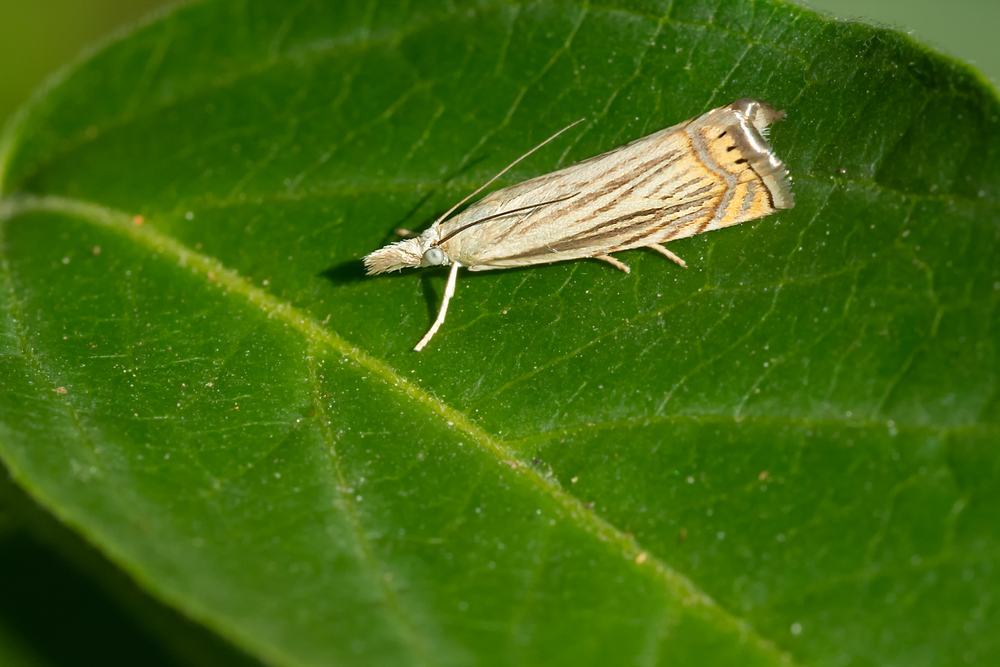Bermuda grass ( Cynodon) is a vital grass that’s used in both the south and transition zones of the United States. It can be adapted to warm- or cool-season grasses. Bermuda grass is known by many names, including wire-grass and devil grass.
The Bermudagrass-type Bermudagrass is a stronger, dense, and more flexible turf that can be used both on commercial properties and on sports fields.
It can be difficult to set up a routine for maintaining turf-grass management in a state such as South Carolina. It is important to monitor temperatures and apply the right management techniques depending on the year. When the turf is in dormancy, late winter and early spring are the best times to monitor the weather. Early fall is when the first frosts can be predicted.
Last frost dates and initial frost dates vary by several weeks, or even a whole month, depending on where you are located. This calendar is useful for managing turfgrass in the state. It is subject to change depending on the climate and the location of the turf.
January Through April
Mowing The lawn should be cut slightly lower than the normal summer height. The mower should not be set higher than 1 inch. The mower should not be set lower than 1 inch as this could cause lawn damage. This should be done prior to lawn green-up, which usually takes place in late April or early mai.
A bagger is an ideal tool to collect winter dormancy clippings. To remove dead leaves, you can manually rake your lawn.
Sharp mower blades will not damage the leaves, but cut the grass blades cleanly. A dull mower blade will cause the grass to rip rather than be cut. Rough blades make the grass more susceptible to disease. The mower blade should always be sharpened at least once a year, and as often as possible during the growing season.
It is possible that the date of initial turf grass greenup may vary. This usually occurs in the coastal and southern regions of South Carolina around April. It may occur further inland, however, as late as May. Due to frosts in spring or winter, Bermudagrass may become greener and be burned back several times. Bermudagrass is a fire hazard and a risk for injury.
Cut the Thatch To remove thatch, you will need a dethatcher. You might consider dethatching Bermudagrass if the thickness of your thatch layer exceeds 1/2 inch. Dethatchers should space their work at 2 to 3 inches apart and have a depth of 1/4 inch. This will ensure you get the best results. It is best to use a power rake that has a spacing of 1 inch between the blades. This could result in severe turf injury. You can dispose of any turf material that has been pulled up using a hand rake, or a bag-attached mower.
Core Aerification: Core Aeration is the process of drilling small holes in soil or turf to loosen compaction. This allows air to reach roots. This will correct drainage problems and infiltration. Once the danger of frost is over, lawn aerification may be combined with dethatching to correct soil compaction.
Pre-emergent herbicides should be applied in February and March. You should delay any cultivation activities that may cause soil damage until then. Pre-emergent herbicides are used to stop weed seeds from germinating. You can break this barrier by disturbing the soil after application.
Weed Control: Preemergent herbicides are available to be used early in the year for controlling summer annuals like crabgrass, goosegrass and sandspurs. Pre-emergent herbicides should be applied in the coastal and central areas by mid-February. For the piedmont/mountain region, it is best to apply them between March and April. A second application should be made 8-10 weeks after your first one to ensure season-long control over broadleaf and other annual grassy weeds.
Apply a post-emergent herbicide if necessary to control winter grassy weevils and broadleaf sheevils. You should not apply post-emergent herbicides during spring green up. If you are concerned about a weed problem or the grass is growing at higher temperatures, wait until the grass has fully grown before applying any herbicide. In the meantime, you can mow the grass and bag any weeds.
Some herbicides, such as 2,4-D, are sensitive to Bermudagrass. This applies both in spring green up as well as during the summer heat. Follow the label instructions for any herbicide and be careful.
Insect ManagementBermudagrass will protect you from insect infestations due to the cold winter temperatures. As the temperatures rise in spring, monitor for mole cricket activity. Spray a lawn insecticide if you observe mole cricket activity. Before applying an insecticide, wait until you see the damage has subsided.
This is not the ideal time to apply an insecticide due to the low level of activity and the cool soil temperatures. A rapid warm-up can lead to substantial molecik activity. It’s possible to reduce heavy population by using insecticide treatments at the appropriate times.
Cut a square foot of sod along the three sides if grubs have been an issue. Then peel it back. If more than six grubs are found beneath the lawn, apply a grubicide.
FertilizationFertilization for bermudagrass should take into account soil test results. This is a good opportunity to test the soil. Avoid nitrogen fertilizers if the lawn isn’t located near the coast and there is no frost forecast.
If the lawn is fertilized in spring, followed by frost in late winter, it can cause severe damage.
Watering To prevent your lawn from becoming dry during winter, water it. Winter desiccation can be caused by dry winters. You can prevent turf loss by watering during drought stress.
Most of South Carolina’s winter rain is enough to avoid winter desiccation. However, this is not always the case. It is important to water the turf if there has been no rain for the past 3-4 weeks. This is especially important when the days preceding are bright and warm. The soil’s moisture will help keep the turf’s growth points warmer and prevent crown decay.
Before you can manage your lawn, it is important to know the texture of the soil on the top foot. Sandy soils are more prone to drying out quickly and draining easily, so they don’t retain water well. Clay soils retain moisture longer than clay soils. Clay soils shouldn’t be allowed to dry. If the soil is not kept moist throughout winter, this can cause other problems. A soil probe can be used to monitor soil moisture.
From May through August
MowingBermudagrass requires a height of between 1 and 2 inches depending on the location and management plan. The lawn’s conditions will determine the best mowing height. The height at which the lawn should mowed will be determined by the bench mark setting. A ruler can be used to measure the distance between your mower blade and the hard surface. A reel mower is needed for heights below 1 inch.
Over the next few mowings, reduce the mower’s height. Monitor the lawn after each mowing. Increase the height of the mower if the grass appears unattractive or too thin. Bermudagrass cultivars can tolerate partial shade growth and may be cut at 2 inches.
You can raise the height of your mower until you feel less stressed. To mow your lawn, use a mulching mower. The grass will be able to absorb the clippings. The mower blade should be kept sharpened at least once a month, or before the beginning of the growing season. If the bag is accumulating soil, especially sand, the blade may need to be sharpened frequently.
Fertilization Based on soil testing, fertilize frequently and add lime or sulfur. Bermudagrass thrives when the pH ranges between 6 and 6. A soil test may show a pH greater than 6. Apply 5 lbs pelletized sulfur to every 1000 feet. Apply sulfur only when it is below 75 degrees F.
To determine if the soil pH has changed, check it every three months. It can take years to see a significant pH change. The soils in the Upstate are typically acidic and don’t need sulfur application. Lime may be beneficial for them.
Bermudagrass lawns should receive 2 to 4 pounds per 1000 feet of growth season nitrogen. The higher rate is recommended for lawns with sandy soils. For lawns with clay soils, the lower rate can be used. To enhance the lawn’s green color without causing excessive growth, a soluble iron product may be used.
Spring: Add 1/2 to 1 pound of actual nitrogen to 1,000 feet in May after the lawn is fully greened. The soil type will affect the amount of fertilizer you use. A soil test can be used to determine if a fertilizer containing phosphorus (the middle number on the fertilizer analysis) is sufficient for your lawn. Refer to the fertilizer calculation section to determine how much granular fertilizer product should be applied.
Summer: In June and July, fertilize your soil with 1/2 pound to one pound of actual nitrogen per 1,000 feet. The soil test will determine the amount of phosphorus required.
Late summer: Apply 1/2 to 1 lb of nitrogen per 1,000 feet, depending on the soil type. A fertilizer that is high in potassium, such as a 15-0-15, should be used. It is important that the soil has enough potassium, particularly in late summer when the grass enters dormancy. For cold weather resistance and disease resistance, potassium is vital.
Iron Deficiencies Yellowish-colored growths could be a sign of iron deficiency. This could be caused by excess soil phosphorus, or a high pH.
Both of these conditions require a long-term solution. However, iron can be added quickly to enhance the color of turf in between summer and spring fertilizer applications.
A yellowish appearance can also occur in spring. It could also be caused by soil temperatures too low to allow air, high pH soils, or high levels of Phosphorus. Spray iron (ferrous sulfurate) at 2 ounces per 1,000 ft in 3 to 5 gallons of water.
You can reduce manganese deficiencies by fertilizing your soil with a micronutrient fertilizer like manganese sulfurate. As the soil temperatures rise, yellowing should slowly disappear. It may be possible to add sulfur or lime to soil that has been tested. It may take several months for lime or sulfur to start to affect soil pH.
Fertilizer Calculations Divide 50 by the first number on the fertilizer bag to determine how much granular fertilizer is needed to cover 1/2 pound of actual nitrogen per 1,000 feet.
Divide 100 by the number printed on the fertilizer bag and you will get the amount of product needed to cover 1,000 feet with one pound of nitrogen. This will tell you how many pounds of fertilizer product are needed to cover 1000 square feet.
Water is vital to prevent drought stress. Regularly inspect the lawn to see if it requires irrigation. If the lawn is dry, apply 3/4 to 1″ of water the next morning. Wait to water if your lawn is experiencing moisture stress. There are several ways to determine if your lawn is in dire need of watering.
Every day, you can check your lawn. When it dries, the turf will turn a bluish blue color. The lawn can be walked on in the evening. If the grass blades within the footprints bounce, the turf will remain moist. If the grass doesn’t bounce back in the footprints, water the next day.
How long it takes to water will depend on the site’s environment and soil type. Turfgrass irrigation should only be watered infrequently and deeply. If necessary, you can water dry or hot areas by hand.
Insect ManagementBermudagrass can be attacked by many insect pests in summer. Many pests can cause serious damage to Bermudagrass. These include grubs, ground pearls, mole crickets as well as bermudagrass mites. Each pest has its own management strategy. This is usually done using both cultural and chemical controls. However, there are exceptions. Mid-summer is the best season for mole crickets and grub eggs to hatch.
Even if there are no visible damage, an insecticide application targeted at smaller nymphs is the best. If either of these pests are present during the season, apply an insecticide by mid-July.
If you have an insect problem, it is important to quickly identify the insecticide and use it. Contact your County Extension Office or the Home & Garden Information Center for proper management and positive identification.
Disease ControlLarge patches, spring dead spots, and dollar spot are some of the most common diseases that Bermudagrass is subject to during its growing season. In warm and humid conditions, fungal diseases like large patch or dollar spot may occur. They are dependent upon moisture for energy so it is important to ensure adequate soil drainage and proper watering.
The turf should never be kept damp. The grass will grow rounder if it is wet. Dollar spot disease can cause turf to become up to six inches wide. However, larger areas may lead to it growing to several feet. Large areas may turn green. Infested areas may appear more circular if they become clumped together. If the turf is looking rotten or dark brown, apply a fungicide to it.
It is essential to control your water intake and thatch levels in order to prevent dollar spot and large patches. You should fertilize Bermudagrass lawn according the soil test results. It is important to water Bermudagrass lawn infrequently. This will reduce the chance of getting sick.
Weed ControlA herbicide that is specifically designed for Bermudagrass will be applied in the late winter or early spring to reduce the number and spread of weeds next year. If a pre-emergent was used, the resulting weeds may be controlled using post-emergent herbicides.
Summer options for selective grassy herbicides are limited. If summer annual grassyweeds persist, preemergent herbicides are your best bet.
Broadleaf summerweeds like spurge and annual lespedeza can be controlled with a 3-way broadleaf herbicide. These 3-way combinations typically contain 2,4D or dicamba and mecoprop.
Quinclorac can be used to control many grassy weeds. Quinclorac can temporarily yellow bermudagrass. Halosulfuron and imazaquin are the best methods to control nutsedges. Avoid using herbicides on plants during summer, when temperatures drop below 90 degrees F.
Use herbicides with caution as the turf is still in winter dormancy. Do not mow the lawn for three days or more before applying herbicides.
Only apply herbicides to turfgrass in order to ensure maximum control and minimize the chance of injury. Only apply herbicides to weeds and turfgrass which are active growing and not suffering from heat stress or drought. For all pest control, it is important to identify weeds correctly. Contact the County Extension Office for information about how to identify and control weeds on your lawn.
RenovationReplant large areas of bare ground with plugs, sod or sprigs in May (5 bushels per 1,000 feet). Bermudagrass seed can be improved. However, the result will not be as beautiful as one made with hybrid Bermudagrass.
September through December
Mowing Keep the Bermudagrass lawn mowed at the same height until the grass cools off in the fall.
You can allow for more leaf surface by raising the mower slightly at night when temperatures fall below 70 degrees F. This will give the turf time to adjust before the first frost.
Fertilization Apply nitrogen at this stage. Lime or sulfur can be used if a soil test recommends it. Potash or potassium can be added to increase winter toughness if the soil test shows there isn’t enough potassium.
One pound of potash should be applied to every 1,000 square feet. (K2O), four to six weeks before the first frost.
Keep watering even when there isn’t any rain. This will help prevent drought stress. To avoid lawn drying out, water the lawn as often as you can after it has gone dormant. This is especially important on sunny days when temperatures are expected to reach the 20s.
Insect ManagementIf they are not caught in the nymphal stage of the summer, they will be too late to cause any damage. Apply an insecticide to reduce the amount of insects and protect turf from further damage. Applying an insecticide prior to the first frost is a good idea.
Disease Control It is crucial to use fungicides during the fall months, especially in large areas, for disease prevention. High temperatures and the potential for heavy rainfall in September can lead to rapid spread of diseases. It can be difficult to control diseases that develop during shorter days and cooler nights because of slow turf recovery.
It will take more time for a weakened turf to recover from fall-related illnesses. It is crucial to apply fungicides before your grass goes dormant. In certain cases, if there is severe disease, preventative fungicide treatments may need to be used. If the disease is not already spread, this can be done as soon as October.
Weed ControlPreemergent herbicides are available to be used to combat many winter grassy weevils. This can be done in September. You can also submit a second application 8-10 weeks later.
Please refer to the label for the exact rate of application. After application, granular herbicides must be watered in soil. Follow label instructions regarding post-application watering.
Broadleaf herbicides can be used to control chickweed, heathbite and other cool-season broadleaf weeds. Certain herbicides, such as 2,4-D, can cause Bermudagrass to become sensitive. Use with caution and follow the label instructions.
Winter can be used for the control of annual bluegrass and other grassy weeds using selective herbicides. Contact the county extension office for weed identification and control or the Home & Garden Information Center.





